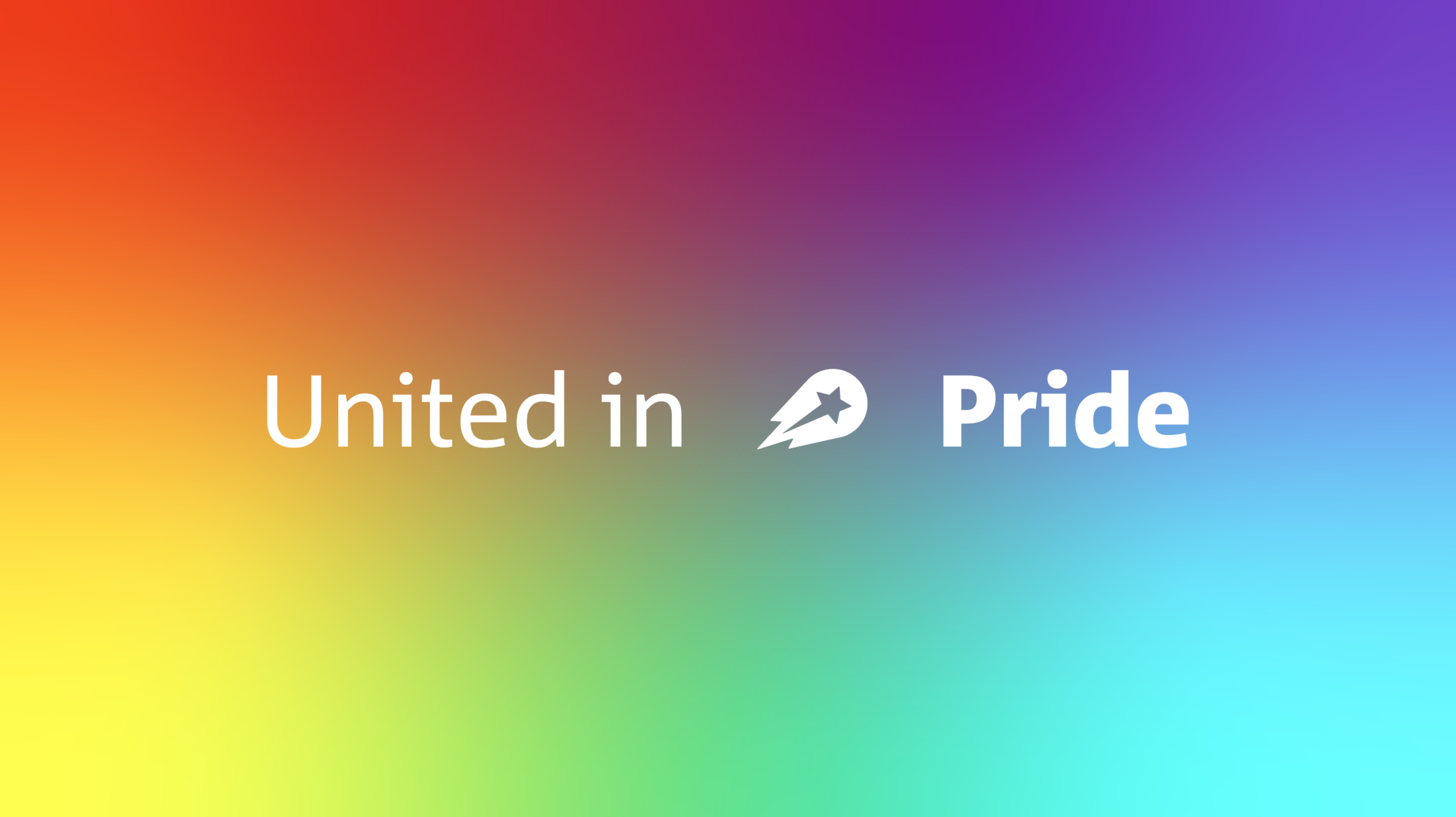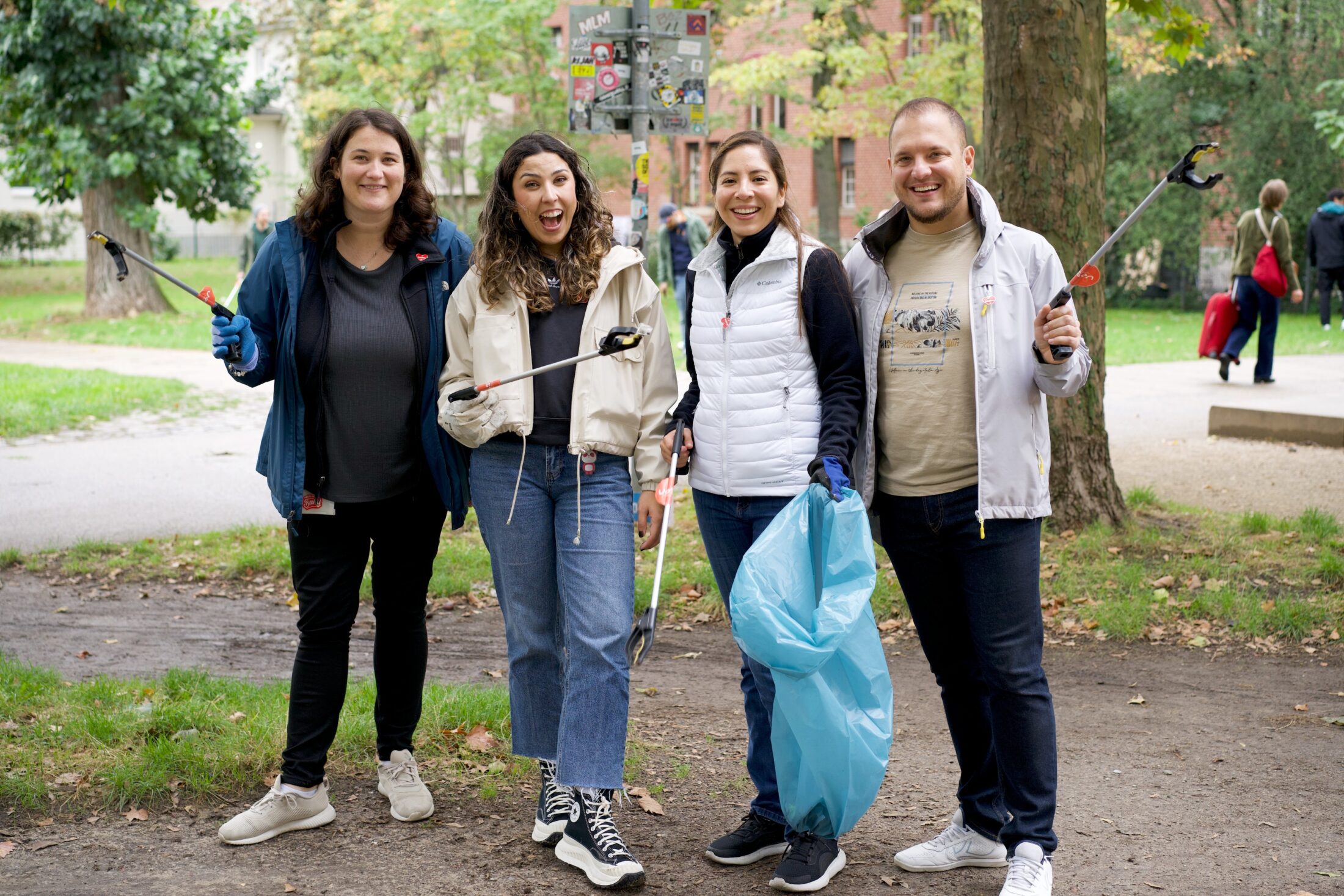Corporate Responsibility
- June 7, 2022A step in the right direction: Learning, identity, and Pride glossary
As we celebrate Pride Month this June, we also recognize the road that’s still ahead. For many and year-round, a big hurdle towards inclusion remains awareness. By educating ourselves, we can be better allies and advocates. We can discover that identity comes in many shapes and forms and can change over time. Good allyship goes hand in hand with a willingness to keep learning.
Life is all about writing your own story: there is no one right way to be you. The LGBTQIA+ community embraces many identities, and understanding the complexity that makes up every unique person is a step in the right direction. Read on to learn more about some key LGBTQIA+ terms and topics.
Intersectionality
Intersectionality is a framework for understanding how aspects of a person’s social and political identities combine to create different modes of discrimination and privilege.
Intersectionality identifies multiple factors of advantage and disadvantage. Examples of these factors include gender, caste, sex, race, ethnicity, class, sexuality, religion, disability, weight, physical appearance, and height. These intersecting and overlapping social identities may be both empowering and oppressing.
LGBTQIA+
An acronym for “lesbian, gay, bisexual, transgender, queer, intersex, and asexual” with a “+” sign to recognize the limitless sexual orientations and gender identities used by members of the community.
Lesbian
A woman who is emotionally, romantically, or sexually attracted to other women. This term is used by women and non-binary people to describe themselves.
Gay
A person who is emotionally, romantically, or sexually attracted to members of the same gender. This term is used by men, women, and non-binary people to describe themselves.
Bisexual
A person who is emotionally, romantically, or sexually attracted to more than one sex, gender, or gender identity though not necessarily simultaneously, in the same way, or to the same extent.
Transgender
An umbrella term used for people whose gender identity and/or expression is different from cultural expectations based on the sex they were assigned at birth. Being transgender does not imply any specific sexual orientation. Transgender people may identify as straight, gay, lesbian, bisexual, etc.
Queer
A term often used to express a spectrum of identities and orientations that are counter to the mainstream. Queer is often used as a catch-all to include many people, including those who do not identify as exclusively straight and/or people who have non-binary or gender-expansive identities. In the past, this term has been used as a slur but has been reclaimed by many parts of the LGBTQIA+ movement.
Intersex
People who are born with a variety of differences in their sex traits and reproductive anatomy. There is a wide variety of differences among intersex variations, including differences in genitalia, chromosomes, gonads, internal sex organs, hormone production, hormone response, and/or secondary sex traits.
Asexual
Often referred to as “ace” for short, asexual refers to a complete or partial lack of sexual attraction or lack of interest in sexual activity with others. Asexuality exists on a spectrum, and asexual people may experience no, little or conditional sexual attraction.
Non-binary
An adjective describing a person who does not identify exclusively as a man or a woman. Non-binary people may identify as being both a man and a woman, somewhere in between, or as falling completely outside these categories. While many also identify as transgender, not all non-binary people do. Non-binary can also be used as an umbrella term encompassing identities such as agender, bigender, genderqueer, or gender-fluid.
Pansexual
Someone who has the potential for emotional, romantic, or sexual attraction to people of any gender though not necessarily simultaneously, in the same way, or to the same degree.
Ally
A term used to describe someone who is actively supportive of LGBTQIA+ people. It encompasses straight and cisgender allies, as well as those within the LGBTQIA+ community who support each other (e.g., a lesbian who is an ally to the bisexual community).
Cisgender
A term used to describe a person whose gender identity aligns with those typically associated with the sex assigned to them at birth.
Definitions inspired by the Human Rights Campaign





Share